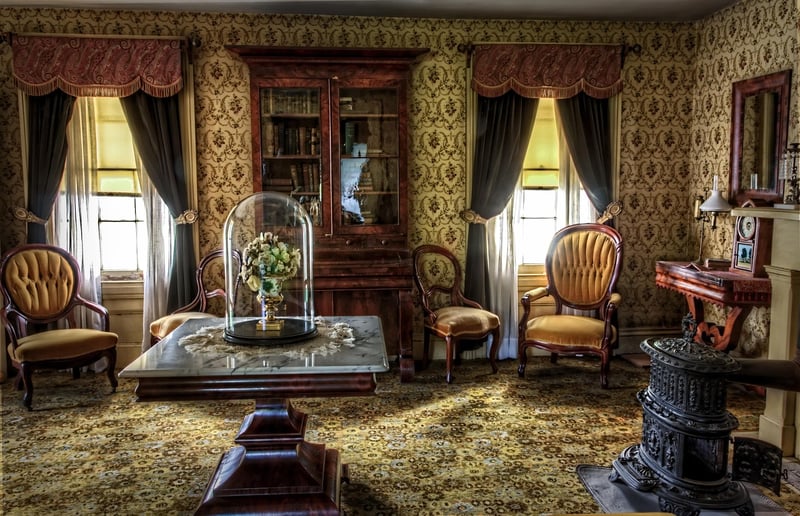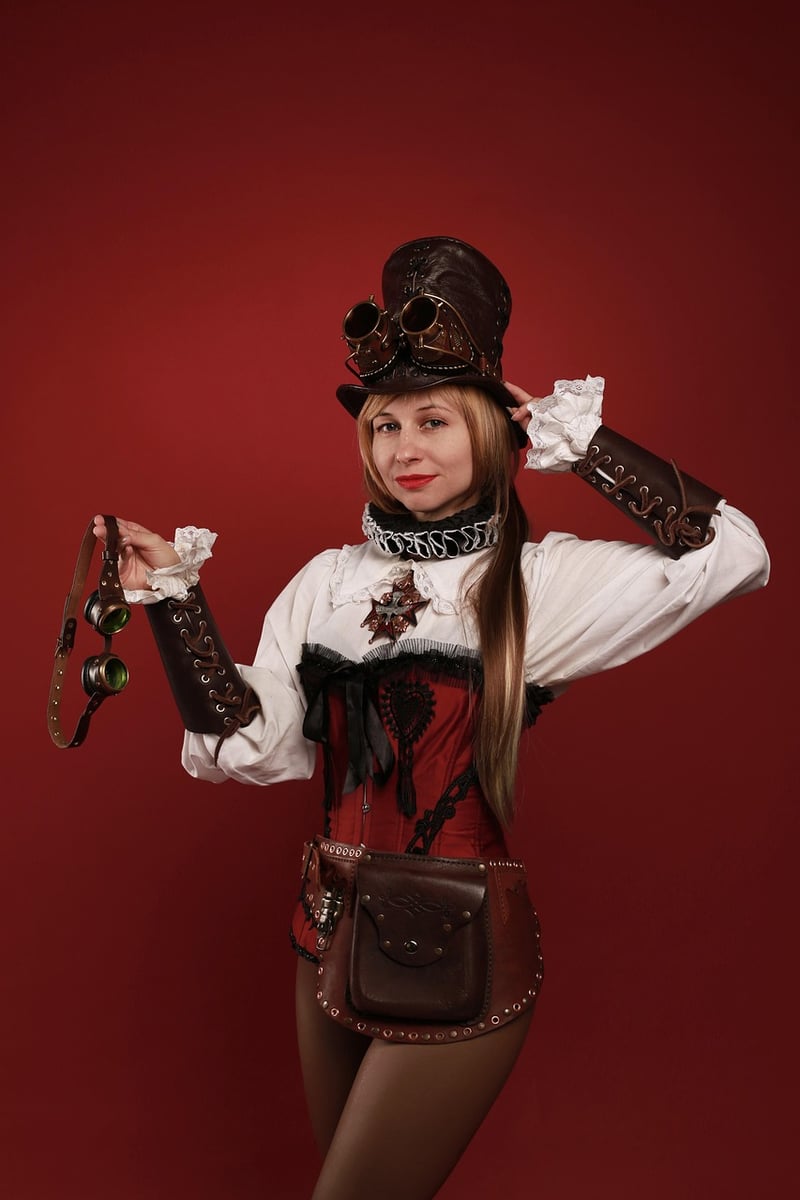Victorian Era
Exploring Historical Periods: The Victorian Era

The Victorian Era, spanning from 1837 to 1901, was a time of significant cultural, political, and social change in Great Britain under the reign of Queen Victoria. This period is characterized by a blend of traditions, innovations, and societal transformations that left a lasting impact on various aspects of life.
Key Features of the Victorian Era:
- Industrial Revolution: The rapid industrialization of Britain led to urbanization, technological advancements, and shifts in the economy.
- Art and Literature: The Victorian era produced renowned authors like Charles Dickens, the Brontë sisters, and Oscar Wilde, as well as artists such as Dante Gabriel Rossetti.
- Architecture and Design: Gothic Revival and Neoclassical styles dominated the architectural landscape, while ornate furniture and intricate decor became popular.
- Social Reform: The era saw movements for social justice, women's rights, and improved labor conditions, spurred by figures like Florence Nightingale and William Wilberforce.
- Fashion and Etiquette: The Victorian era was known for its elaborate clothing, strict social codes, and emphasis on proper behavior and manners.
Legacy of the Victorian Era:
The Victorian era left a lasting legacy on modern society, influencing everything from literature and architecture to social norms and gender roles. Its impact can still be seen in various cultural aspects and historical landmarks today.
Exploring the Victorian era offers a glimpse into a time of contrasts, where innovation and tradition coexisted, shaping the world in profound ways.
For more information on the Victorian era, you can visit the Victoria and Albert Museum.
